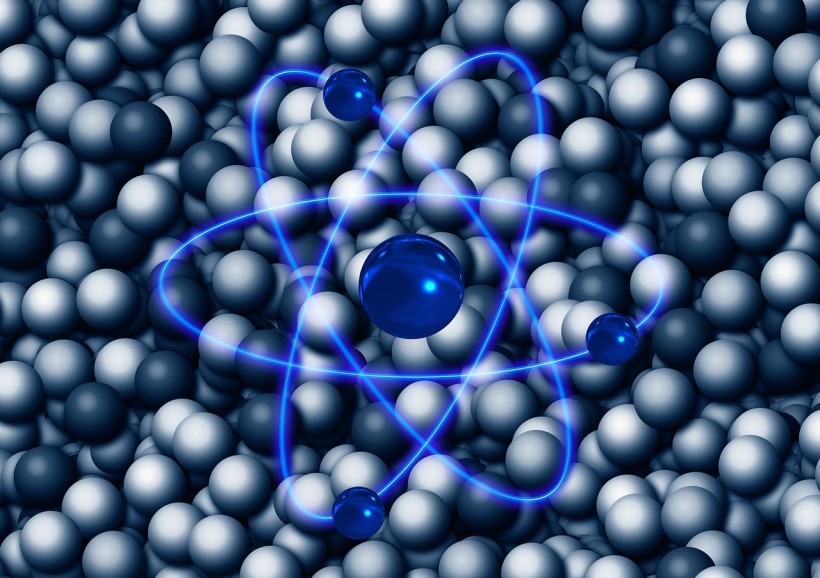Carbon may come in many forms and some of its most well-known forms are graphite and diamond. However, there are other more unusual nanoscale allotropes of carbon.
According to Science Daily, graphene and fullerene are examples of sp2 hybridized carbon with zero (flat-shaped) or positive (sphere-shaped) curvatures. Through heating fullerenes with lithium nitride, researchers have discovered a new type of carbon.

Novel Long-range Ordered Porous Carbon Crystal Formed Using Electron Injection
How Was LOPC Formed?
An international team of researchers by Director Rodney Ruoff from the Institute for Basic Science (IBS) reported a discovery of a new form of carbon.
Professor Ruoff once explained his interest in the triply periodic minimal surfaces to Professor Yianwu Zhu from the University of Science and Technology of China, which was first described by the mathematician Schwartz, and on how trivalently bonded carbon can yield identical structures. These structures are known as "carbon schwarzite" structures or "negative curvature carbon".
As per SciTech Daily, the new form of carbon they created was produced using C60 fullerene or also known as buckyballs molecules as base material. It was then mixed with alpha lithium nitride (α-Li3N), which acts as catalysis to break down some carbon bonds in C60. This formed carbon-carbon bonds with neighboring fullerene atoms through electron transfer.
The team named the new form of carbon "long-range ordered porous carbon" (LOPC). It consists of broken fullerene cages that are connected with long-range periodicity. That means broken fullerene cages are centered on the lattice sites of the face-center cubic lattice, although they are only opened to a certain degree and form bonds with each other.
READ ALSO: NASA Mars Curiosity Rover Finds Carbon On Red Planet; What Does It Mean?
Features of LPOC
Whereas other elemental crystals are made up of various atoms, LOPC in this study is made up of fullerenes. According to Nanowerk, LOPC exhibits both long-range orders in a three-dimensional (3D) crystal and partially fragmented C60 molecules coupled as building blocks.
In the study, α-Li3N contributes electrons to C60 molecules at high temperatures and pressures that caused the electron cloud surrounding C60 to expand. Electron clouds at nearby C60 molecules in the fcc lattice overlap due to the formation of dipoles, generating covalent bonds (C-C bonds) between C60 molecules.
The team also used the process of chemical activation with potassium hydroxide, which was successful in rebuilding graphene into 3D carbon. However, because the chemical activation is very violent compared to the method of electron injection from -Li3N, such 3D carbon has a disordered structure.
By keeping the periodic stacking of the nanomaterials that act as building blocks, the superiority of electron injection has been established.
Many possible LOPC uses may be investigated in the future, such as providing an abundance of liquid or gas diffusion routes, making it an excellent choice for catalyst loading. Overall, the electron injection method suggested in this paper provides a novel strategy for creating new materials, similar to building with Lego bricks, allowing for exact control of interfaces in crystal formations.
RELATED ARTICLE: 555.55-Carat Black Diamond Sotheby's Gem Believed To Be From Outer Space Unveiled
Check out more news and information on Chemistry in Science Times.




![Earth's Quasi-Moon Kamo‘oalewa Could Originate From Lunar Surface Not Asteroid Belt [Study]](https://1721181113.rsc.cdn77.org/data/thumbs/full/53275/89/56/50/40/earths-quasi-moon-kamo-oalewa-could-originate-from-lunar-surface-not-asteroid-belt-study.png)









